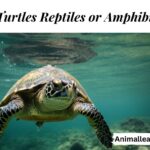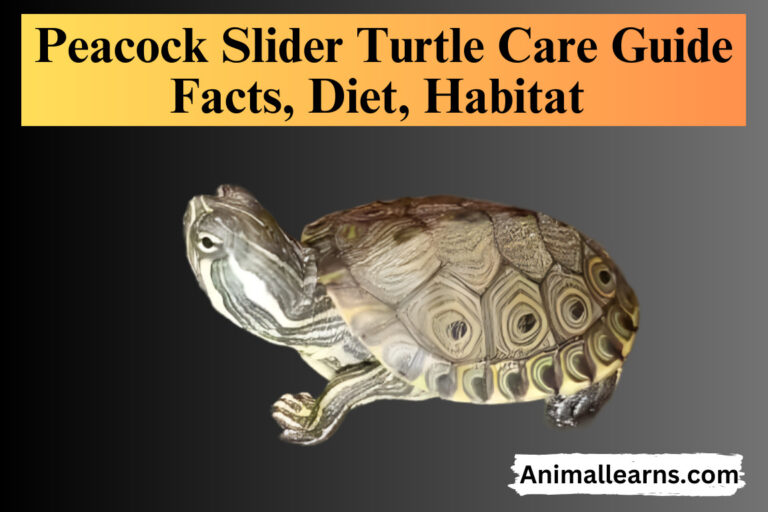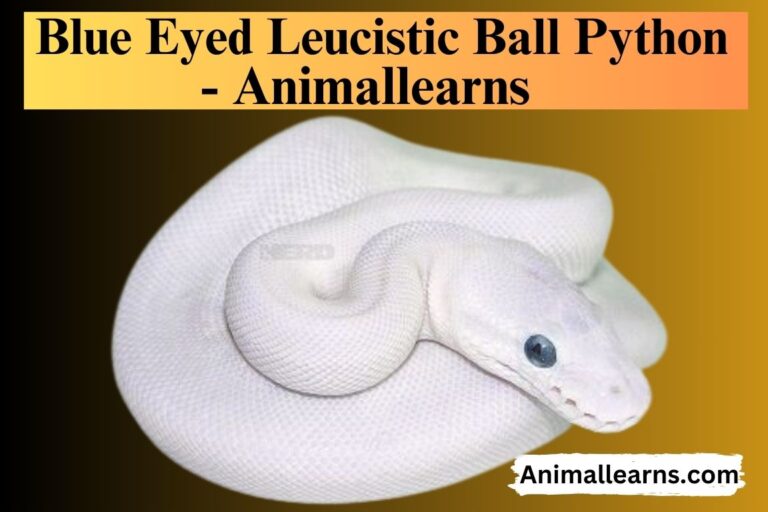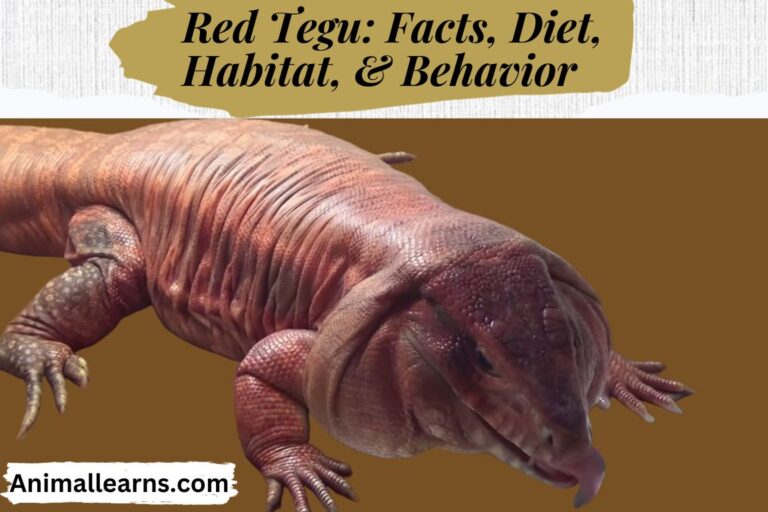Tortoise: Diet, Habitat, Facts
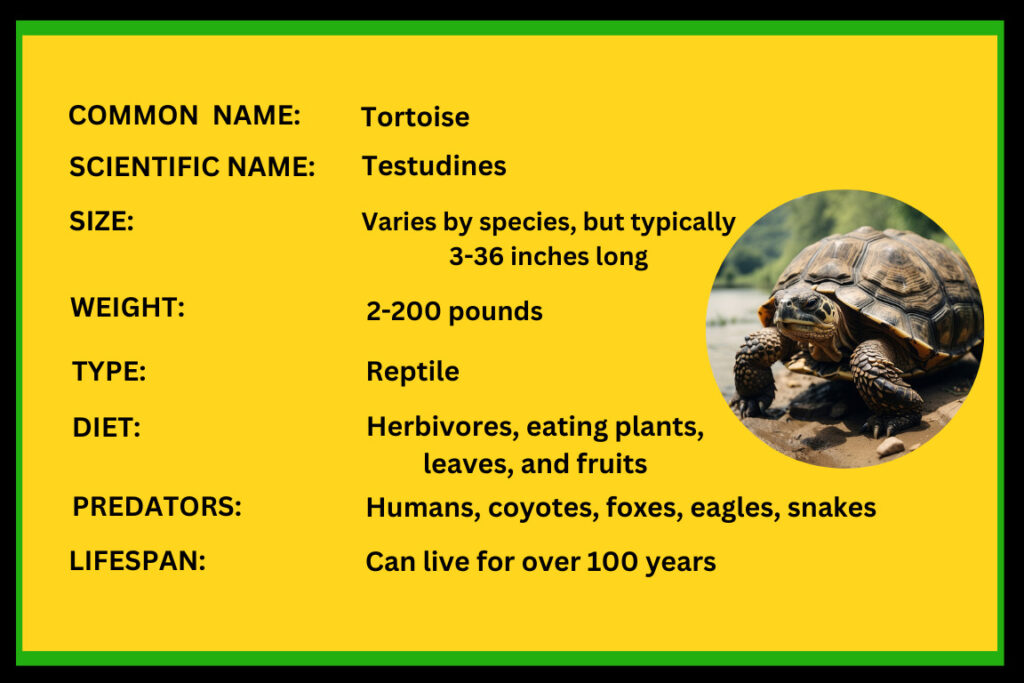
Any member of the Testudinidae family of turtles is referred to as a turtle. Any terrestrial turtle was once referred to as a tortoise. Each digit in the testudinids’ forefeet and hind feet has two or fewer phalanges, and their elephantine (or cylindrical) hind limbs and hind feet give them a distinctive hind-limb architecture that makes them identifiable.
The shell is high-domed, except for the pancake tortoise (Malacochersus tornieri). Certain species have almost spherical shells with flat bases.
Tortoises, often referred to as land turtles, are present on every continent except Antarctica and Australia. The size, color, and other characteristics of tortoises vary greatly across almost 50 species, which are distributed throughout more than 15 genera.
While many are found solely in the wild, some are domesticated pets. While many species are on the verge of extinction, conservation initiatives have occasionally contributed to population growth. The longest-living land animal on Earth is the tortoise, with an average lifetime of 80 to 150 years.
Appearance
Contents
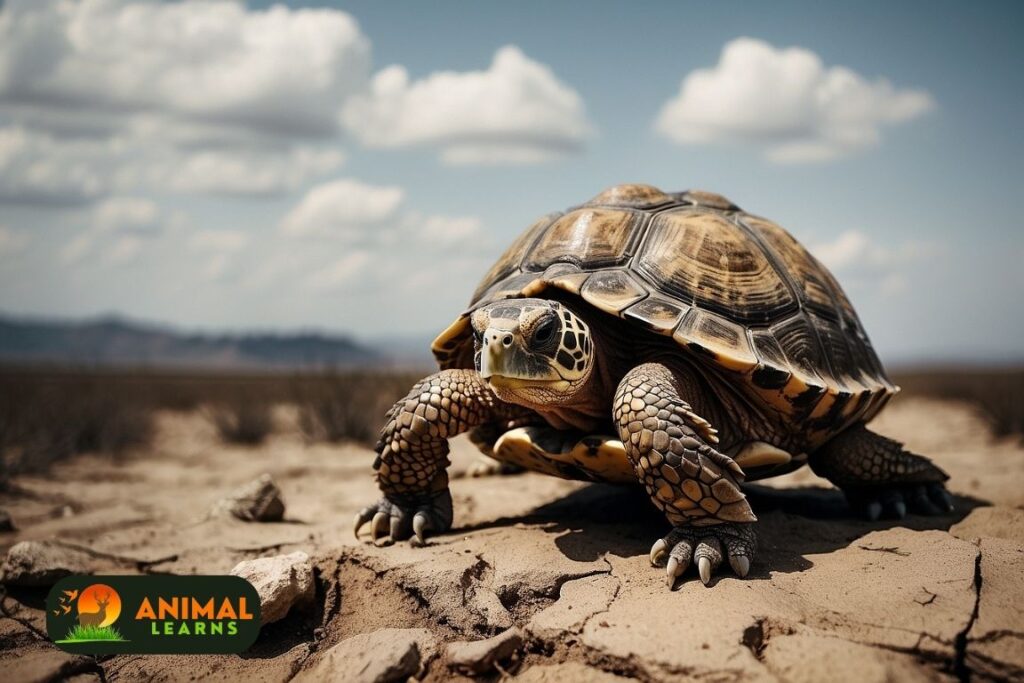
Cold-blooded, ectothermic animals and tortoises are distinguished by their high-domed carapaces or shells. The only species of tortoise with a flat shell is Malachochersus tornieri, the pancake tortoise.
Tortoises may withdraw their heads and necks within their shells for safety, just like the majority of other turtles. They are the only vertebrates with shells because they have special pectoral and pelvic girdles inside their ribcages.
Made up of 59 to 61 scute-covered bones that sound like “scoot,” tortoises’ shells are patterned differently. The plastron, the underside of the shell, forms a bridge that joins the two parts. The majority of keratin in tortoises’ shells gives them the ability to feel pain, much like humans do through their fingernails.
Tortoises utilize their horny beaks, which are equipped with teeth, to break apart food. Elephantine hindlimbs and feet with two or fewer phalanges per digit on both the forefoot and the hindfoot are characteristics of their hindlimb structure.
In tortoises, sexual dimorphism is widespread, with men and females having different traits. Examining the tail is a common method of determining gender: males often have their longer tails drawn up and to the side at the rear of the shell, whereas females have smaller tails that drop straight down.
Habitat
All continents, except Australia and Antarctica, are home to tortoises. Some Pacific Islands, sub-Saharan Africa, the Mediterranean basin, southeast Asia, sub-Saharan Africa, and Madagascar are among the places where species may be found.
They are also dispersed across southern North America and southern South America. They may survive at sea level or in more hilly terrain, and they normally favor semi-arid temperatures, yet they can be found everywhere from deserts to tropical rainforests.
Diet

The majority of species of tortoises are herbivores, mainly consuming plants, flowers, and occasional fruits for food. Certain species found in damp forest habitats are more opportunistic and will eat small amounts of animal remains when necessary.
Difference Between Turtle, Tortoise, And Terrapin

| Feature | Turtle | Tortoise | Terrapin |
| Habitat | Primarily aquatic, though some species spend time on land | Exclusively terrestrial | Primarily freshwater, though some species live in brackish or saltwater |
| Shell | Typically flatter and more streamlined, adapted for swimming | More dome-shaped and heavily ossified, adapted for protection on land | Flattened and streamlined, but with a heavier shell than turtles |
| Feet | Webbed feet for swimming | Elephantine feet for walking on land | Webbed feet for swimming, but with claws adapted for climbing |
| Diet | Omnivorous, feeding on a variety of aquatic plants and animals | Herbivorous, grazing on grasses, leaves, and fruits | Omnivorous, feeding on aquatic insects, plants, and small fish |
| Examples | Sea turtles, pond turtles, sliders | Galapagos tortoises, desert tortoises, box turtles | Diamondback terrapins, painted turtles, map turtles |
Reptiles are all turtles, tortoises, and terrapins. Because they belong to the taxonomic order Chelonia, which derives its name from the Greek word for tortoise, scientists frequently refer to them as chelonians.
They range in size from something that might fit in your hand to around 1,800 pounds (817 kilograms); they are all ectothermic, produce eggs and have scales. Chelonians can be found in backyard streams, seas, and deserts.
Why then are there several names? The variations in the locations and lifestyles of the reptiles are typically denoted by those common names. The following are some widely acknowledged distinctions between the various chelonians:
Turtle
With webbed feet for swimming, turtles are primarily aquatic animals. Except when they come ashore to lay eggs, sea turtles—like the green sea turtle—rarely leave the water. Other freshwater turtles may burrow under the mud in cold weather, or they may crawl up banks, logs, or rocks to enjoy the sun.
Tortoise
Land-dwelling animals and tortoises walk on spherical, stumpy feet. They consume low-lying cacti, grasses, and shrubs. In hot, arid environments, tortoises dig burrows with their powerful forelimbs and seek cover from the sun when it gets too hot.
Terrapin
Found in brackish, marshy environments, terrapins live near water and spend time both on land and in the water. The word for turtle in Algonquian is where the term “terrapin” comes from.
Predators and Threats
The biggest threat to tortoises worldwide is human activity. Tortoises in particular are targeted for their flesh and oil. For the sake of agriculture and other projects, their habitats are frequently destroyed.
The introduction of non-native animals, such as rats, pigs, and goats, has a deleterious effect on their numbers in many of the regions of the world where they reside. Since tortoises have no natural predators, it may be highly harmful to introduce non-native animals.
Tortoises As Pets
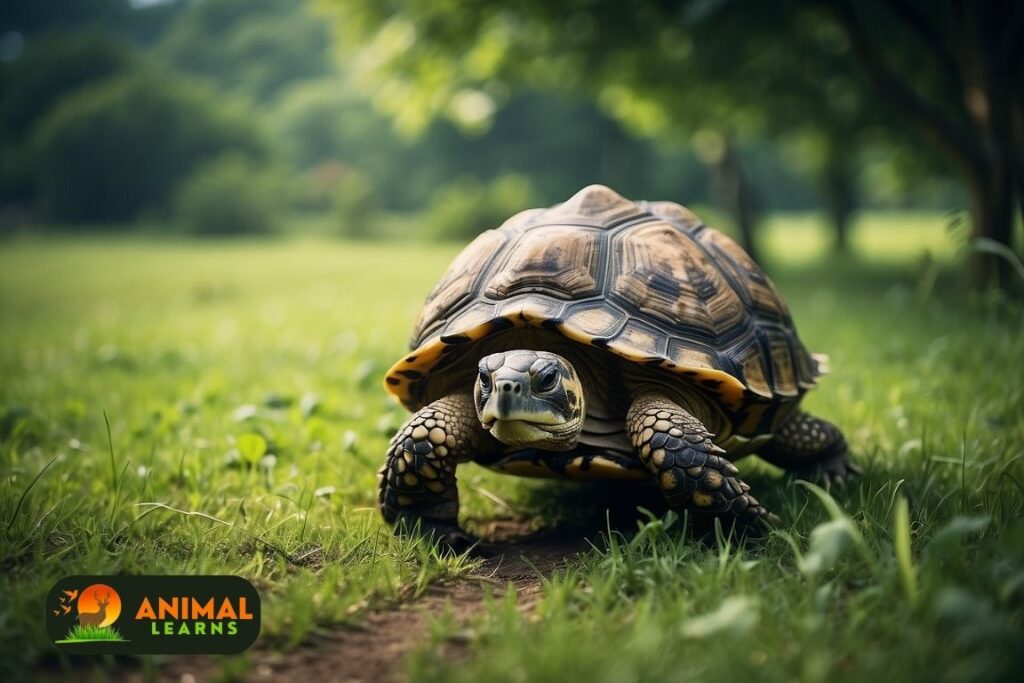
For seasoned reptile lovers, tortoises are excellent pets because they provide a distinctive and fulfilling experience. They are desirable companions because of their long longevity, minimal maintenance care requirements, and submissive demeanor.
To ensure that they flourish in captivity, it is crucial to understand their unique demands and provide the right habitat.
For tortoises, large cages that mimic their natural environments are essential. These should have lots of room for mobility, places to hide and burrow, and locations for basking to control body temperature.
A diversified diet consisting of fruits, vegetables, and sometimes supplements guarantees that they obtain the nutrients they need.
Interesting Facts about Tortoise
- Animals that live extraordinarily long lives are tortoises. Jonathan, the oldest tortoise ever documented, is 190 years old and still going strong! As a result, tortoises are among the species that live the longest on Earth.
- There have been tortoises for a very long period. Turtles have lived on Earth for more than 200 million years, according to the fossil record. They existed before dinosaurs, according to this!
- When it comes to swimming, tortoises excel. Although they spend most of their time on land, tortoises are excellent swimmers. They can hold their breath for extended periods and paddle with their webbed feet.
- A tortoise’s metabolism is extremely sluggish. It follows that they don’t require frequent feedings. Some tortoises may go for months without eating!
- A tortoise’s shell is incredibly durable. Scales and bones make up the tortoise’s shell. Because of its strength, the tortoise may be shielded from predators.
- For their respective habitats, tortoises are crucial. They aid in plant pollination and pest population control. Several predators also use them as food.
- Overexploitation, pollution, and habitat loss are the main threats to tortoises. To guarantee the survival of tortoises for future generations, it is crucial to safeguard both the tortoises and their environments.
Family Life
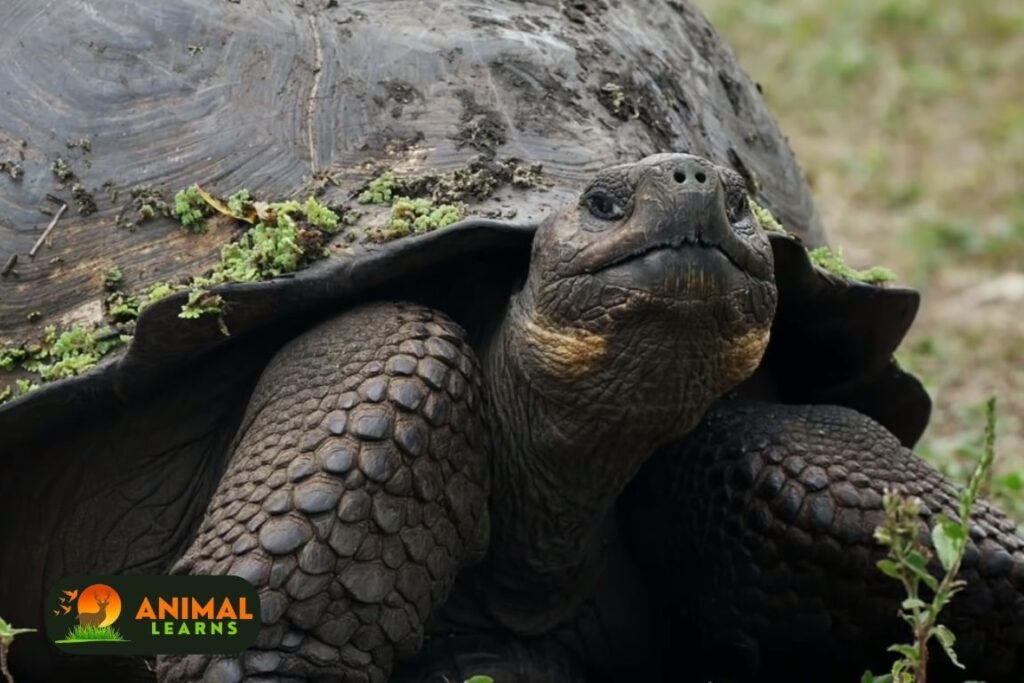
Depending on the species, family dynamics differ among tortoises, but generally speaking, they lack sophisticated social systems.
Generally speaking, they are lonesome creatures that only gather together to breed. Nonetheless, during mating season or times of food scarcity, certain species may organize into loose groupings.
Mating
Tortoises engage in extensive physical contact during their intricate mating rituals. Male tortoises may attempt to impress ladies with intricate feats of strength or agility, or they may pursue and ram them.
After mating, a female tortoise will construct a nest in the ground and lay a clutch of eggs there. The hatchlings will come out on their own after the eggs have been incubated for a few months.
Parental Care
Mother tortoises do not give birth to or raise their young. As soon as the hatchlings leave their eggs, they are on their own. They are susceptible to predators and need to acquire their food and shelter.
Social Interactions
In general, tortoises are not gregarious creatures and do not form close relationships with one another. They could, however, occasionally communicate with one another when they are vying for food or mates.
Territorial Behavior
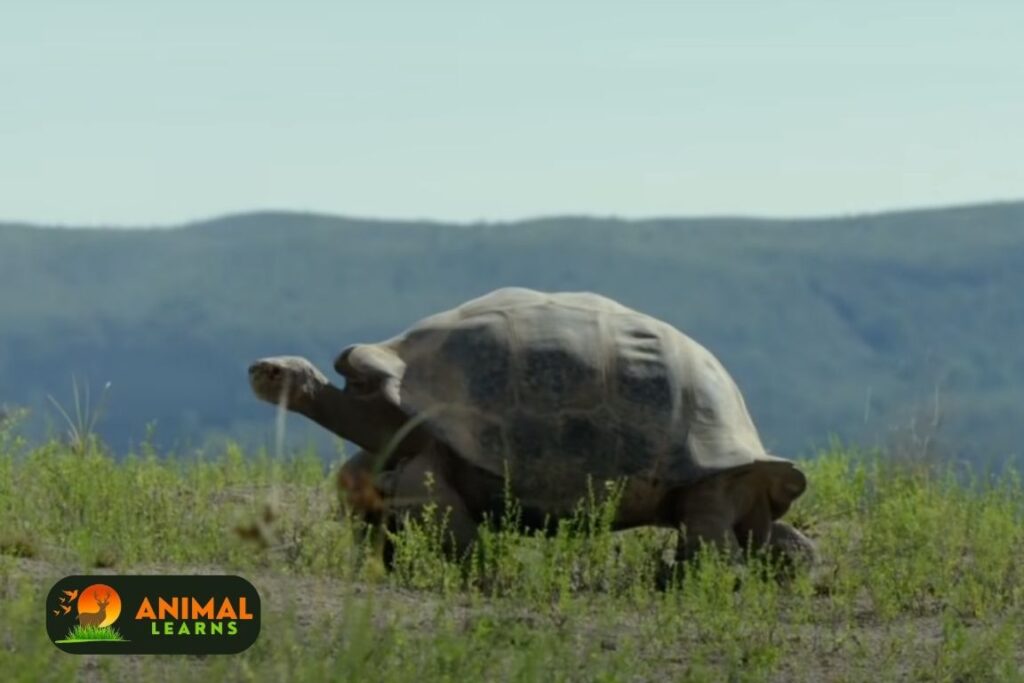
Although they usually have wide, overlapping territories, tortoises may display some territorial behavior. Although they could stay away from regions where other tortoises are present, they typically won’t protect their territory from them.
Lifespan
Some species of tortoises may live over 100 years, making them among the longest-living creatures on the planet. Their sluggish metabolism and capacity to mend shell damage account for their lengthy longevity.
Conservation
There are several hazards to tortoises, such as overexploitation, pollution, and habitat loss. Numerous species of tortoises are now endangered or vulnerable as a result of these challenges.
To preserve the existence of these amazing animals, it is critical to save tortoise ecosystems and lower consumer demand for tortoise items.
Population

Populations of tortoises differ by species and geographic area. The IUCN has classified several species as Critically Endangered, including the spider tortoise, Madagascar tortoise, and radiated tortoise.
The geometric tortoise is one of those that is listed as endangered. A few more are categorized as Vulnerable, such as the gigantic tortoises of the Galapagos, Aldabra, and the desert.
Conclusion
Amazing animals and tortoises have a rich and interesting past. These animals are genuinely special due to their sluggish metabolism, distinctive shells, and lifespan. They are essential to their ecosystems because, as herbivores, they regulate insect populations and disperse seeds.
However, overexploitation, pollution, and habitat loss pose serious risks to these gentle giants. To preserve the survival of tortoises for future generations, their habitats must be protected. Their existence enhances our world and acts as a constant reminder of the diversity and resiliency of nature.
FAQs
What do tortoises eat?
To make sure they get all the nutrients they need, tortoises consume fresh fruits and vegetables along with the odd supplement.
How should I handle my pet tortoise?
Treat tortoises with care and sparingly since too much handling might be stressful.
What kind of enclosure do tortoises need?
Large enclosures with spaces for hiding, moving around, and sunbathing that mimic their natural environments are necessary for tortoises.
How long do tortoises live?
Tortoises have a long lifespan, with some species living well over 100 years.
Why are regular veterinary check-ups important for tortoises?
To monitor the health of tortoises and handle any possible concerns, such as parasites or other health issues, routine veterinarian check-ups are essential.

